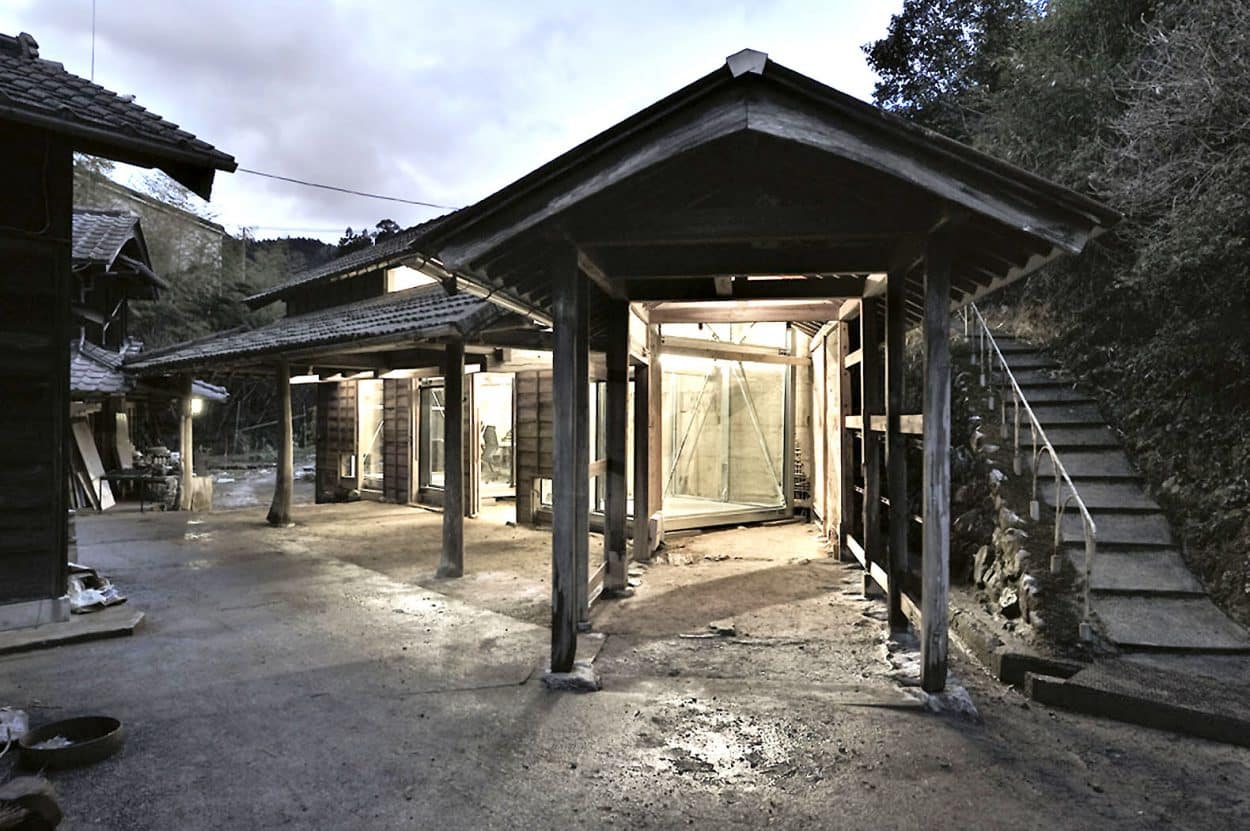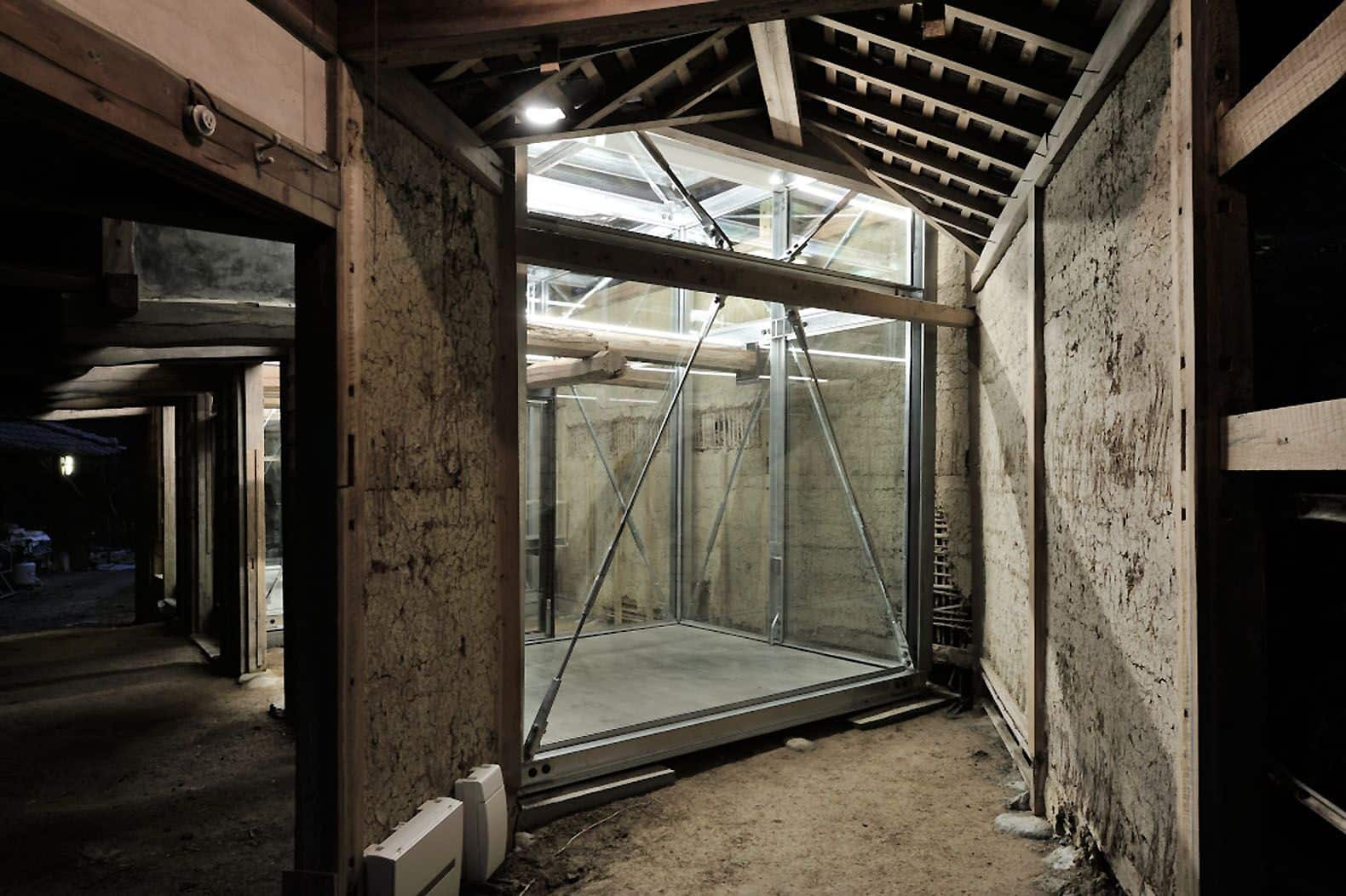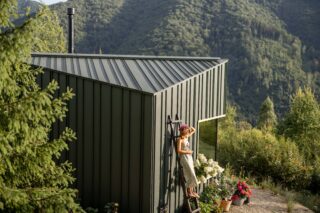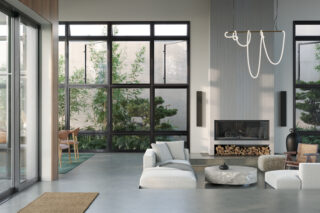The interior design profession in Japan, as explained by designer Kita Toshiyuki in 2012, was nearly nonexistent. The lifestyle there simply wouldn’t allow it. Limited space and cluttered shelves pushed the average citizen away from inviting guests over to admire their lovely home.
There is, however, a definite move forward in the area of interior design. As Toshiyuki had anticipated, renovating these poorly conceived spaces into something beautiful might light the flame to people’s desire for nice objects. In 2013 the Japanese government began providing subsidies for renovations of existing homes when structures were rendered earthquake resistant.
“Renovation is definitely a trend,” Architect Issei Suma says to ArchiExpo e-Magazine. “There are many projects [underway].”
Wooden Beams like Jingo Blocks
While many renovation projects are on track for completion, they may not all respect existing structures. Suma points to two projects in particular whose structures have indeed stayed true to their original selves: Koji Aoki Architects’ house in Chofu, Tokyo, and miCo’s house at Komazawa Park in Tokyo.
“The wooden frame structure allows for the addition and subtraction of beams and columns to fit the composition of the family and its current purpose, letting us freely renew the house,” miCo architects said in a press release.
In 2011 architects Mizuki Imamura and Isao Shinohara at miCo, along with structural engineers at Tatsumi Terado Structural Studio, successfully altered the framework without jeopardizing the rest of the existing building.
“Rather than create a brand new view, we tried to make an aged building which changes slowly with landscape.”
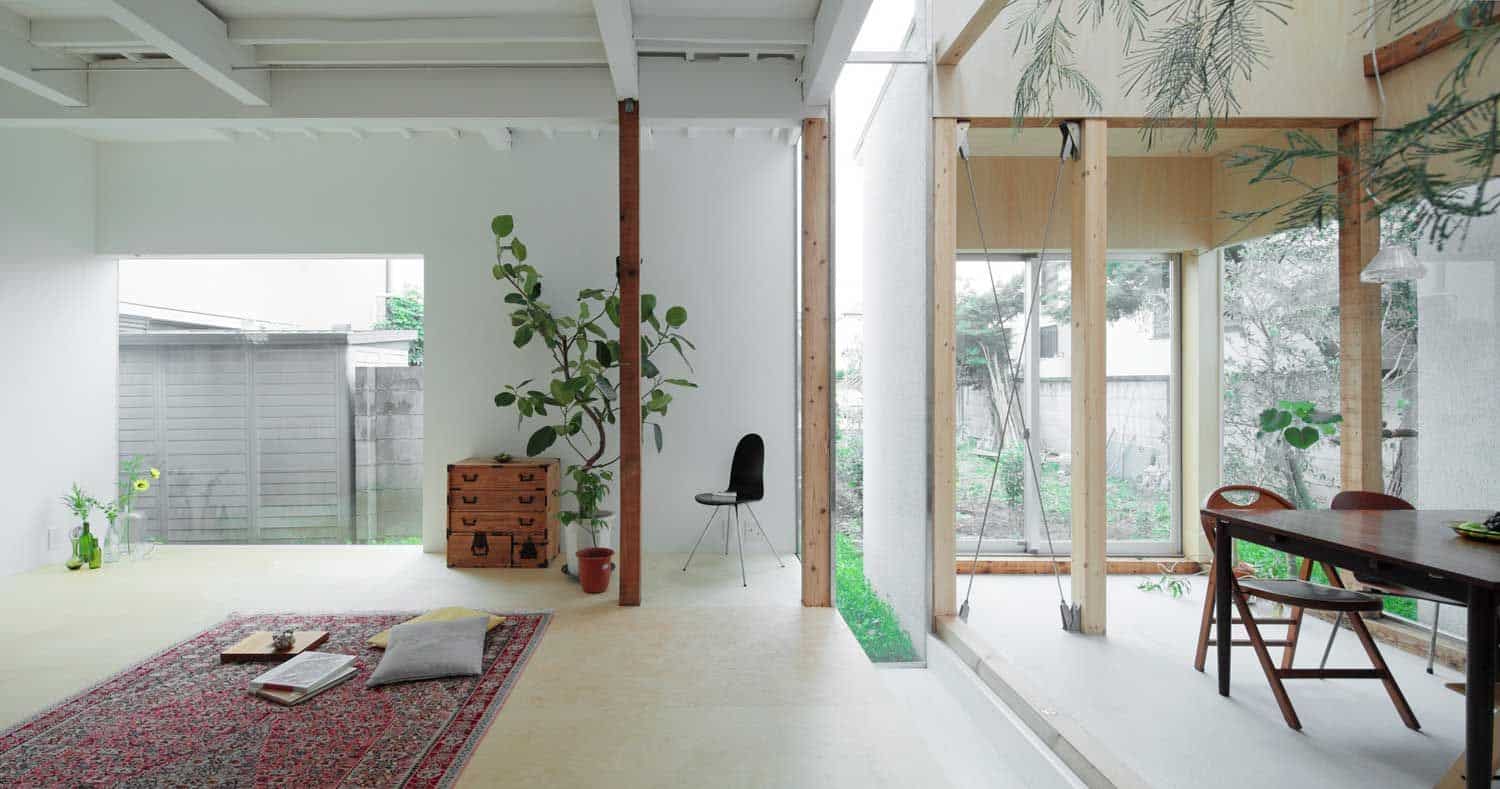
miCo’s house at Komazawa Park in Tokyo. © Koichi Torimura.
Beams and Columns Shape Our Lives
Beams and columns within a home, according to Koji Aoki Architects, play an important role in molding how one lives. They act as historical footprints. Often, though, we don’t observe and analyze past habits until centuries later. When he renovated the house in Chofu, Tokyo, in 2014, Koji Aoki captured the essence of history as it’s being created by what he calls “living architectural elements.”
The architect’s plan reinforced the building’s outdated structure and renewed it from a service utilities point of view.
“For the owner residence unit, living spaces were carefully placed while the three-story timber framework was exposed.”
Wooden beams are left exposed and untreated, while ceiling finishes, bookshelves, staircases and other furnishings have been treated in white.
“From the start, I could not shake off a sense of dilemma in following the common approach often seen in traditional renovation,” Aoki explains. “It was as if I’d be partaking in a process of discontinuing or drawing a line within the history of this particular place.”
- Cowshed renovation by architect Issei Suma
- Cowshed renovation by architect Issei Suma
Images: Cowshed renovation by architect Issei Suma
100-Year-Old Cowshed Becomes an Office
“Do we kill the hut? Or let it die with dignity?” Suma stood facing a Japanese cowshed caked with a hundred years of history. “Renovating means patching up holes, straightening up columns and killing the beauty of the structure,” Suma explained.
Similar to the 17th-century Cotswolds barn in England that Stonewood Design turned into a private art gallery, Suma chose to let the cowshed age.
However, unlike the Cotswolds barn, this Japanese cowshed evoked important questions. “The cowshed could collapse in a major earthquake,” Suma says. “So we built a steel frame inside, detached from the cowshed, and clad it with glass so those inside could enjoy its ‘as-is’ beauty.”
Suma relates the non-traditional renovation—this built structure within an existing structure—to an inverted treehouse. To respect the tree, he says, you would never paint it or clad it, but you’d build around it, or, in this case, “in” it.
The steel frame supports the whole load of the cowshed, so the shed can lean on the frame in times of major earthquakes. This aspect of supporting and protecting depicts the brotherhood in Japanese culture.
“Don’t worry!” Suma says. “I got you!”
